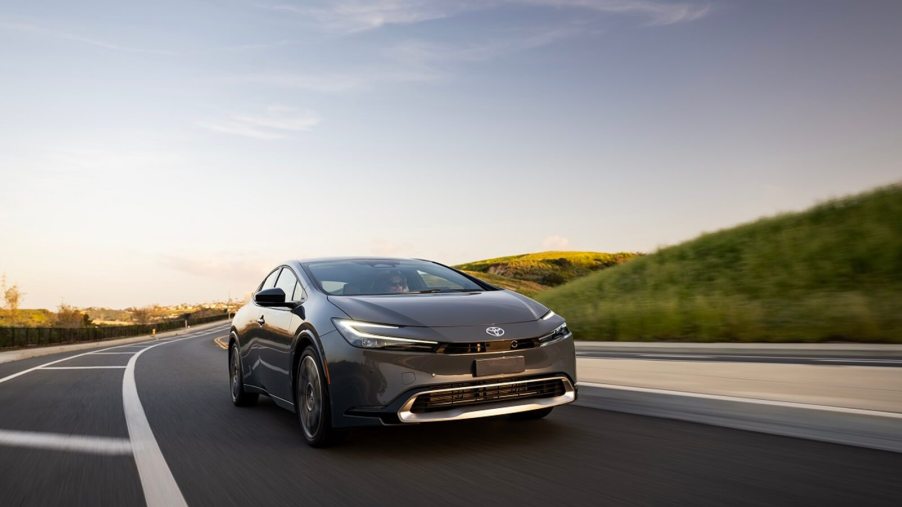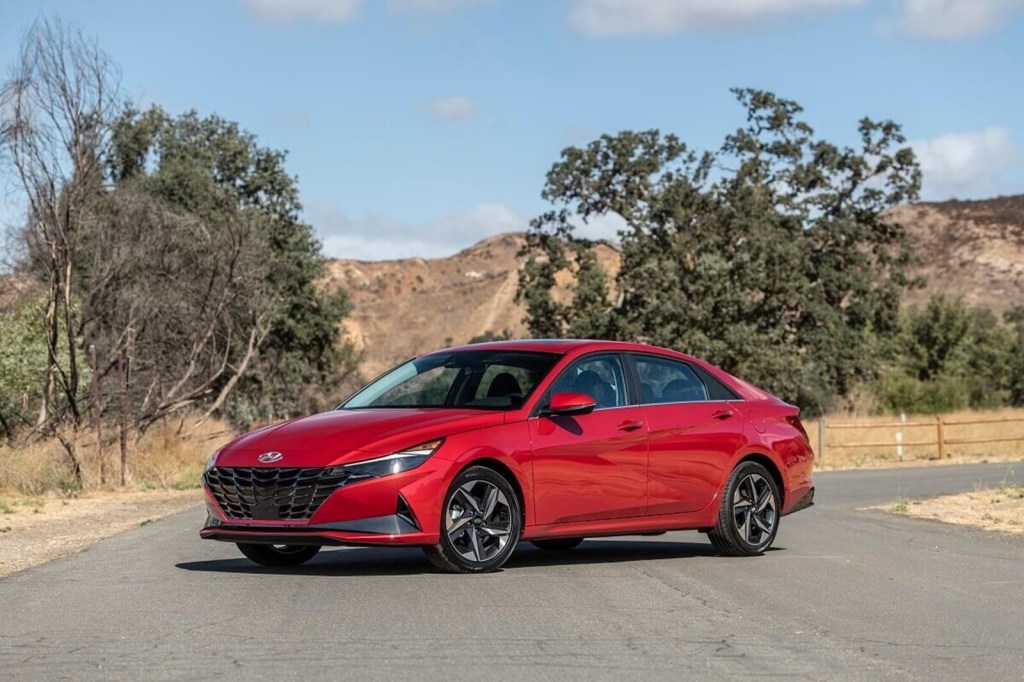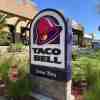
Hybrids Are on the Rebound As America Dumps EVs
It’s not a shock that Americans are reluctant to accept electric vehicles (EVs) as the new standard. However, the recent dip in EV sales did spell success for another segment: hybrids. Hybridized vehicles like the Toyota Prius and Hyundai Elantra Blue are enjoying a bit of a comeback ahead of slowed EV sales.
Hybrid vehicles are doing well amid slowing EV sales, with Toyota leading the way

EV sales are slowing, not stalling. Overall, EV sales continue to grow, just not at the ambitious rate the industry expected. Instead, Americans are shifting focus to fuel-sipping hybrids to lessen their footprint and save at the pump.
By the end of 2023, Americans bought over a million hybrids and nearly 150,000 plug-in hybrids (PHEVs). It’s a substantial increase from the segment’s popularity at the end of 2022.
Consumers haven’t lost their desire to reduce carbon emissions. Jack Hollis, head of North American Sales and Marketing at Toyota, said people want to participate in “the idea of reducing carbon.” However, that same idea is driving Toyota’s booming hybrid sales more so than keeping the EV push moving smoothly.
Technology concerns and the price of new cars are driving factors
Drivers are splitting the difference, so to speak. Depending on the model, a hybrid will best a comparable ICE vehicle by around 10 mpg. It’s not uncommon for some models, like the 2024 Toyota Prius and the Hyundai Elantra Blue, to get nearly 60 mpg on the highway. That means hundreds of dollars in annual fuel savings.
Unfortunately for prospective EV shoppers, the average cost of EVs vs. hybrids also plays a role in the hybrid-electric renaissance. The nationwide average for an electric vehicle hit $60,500 last year, down from $63,000 in 2022, per CleanTechnica. While the dropping prices are good for EV buyers, the average cost of a hybrid in 2023 was around $18,500 less than a battery electric vehicle (BEV).
Beyond initial cost, drivers are concerned with charging. For starters, Americans are worried about how charging infrastructure availability and speed. “I think you’ll find that people don’t want to deal with the hassle or the difficulties of charging,” said Edmunds Director Ivan Drury to AP News.
What’s more, cold weather presents challenges for EV drivers. A BEV could lose around 36% of its initial charge in freezing temperatures. Range anxiety and charger scarcity are real concerns for owners in colder climates.
Source: CleanTechnica, AP News



